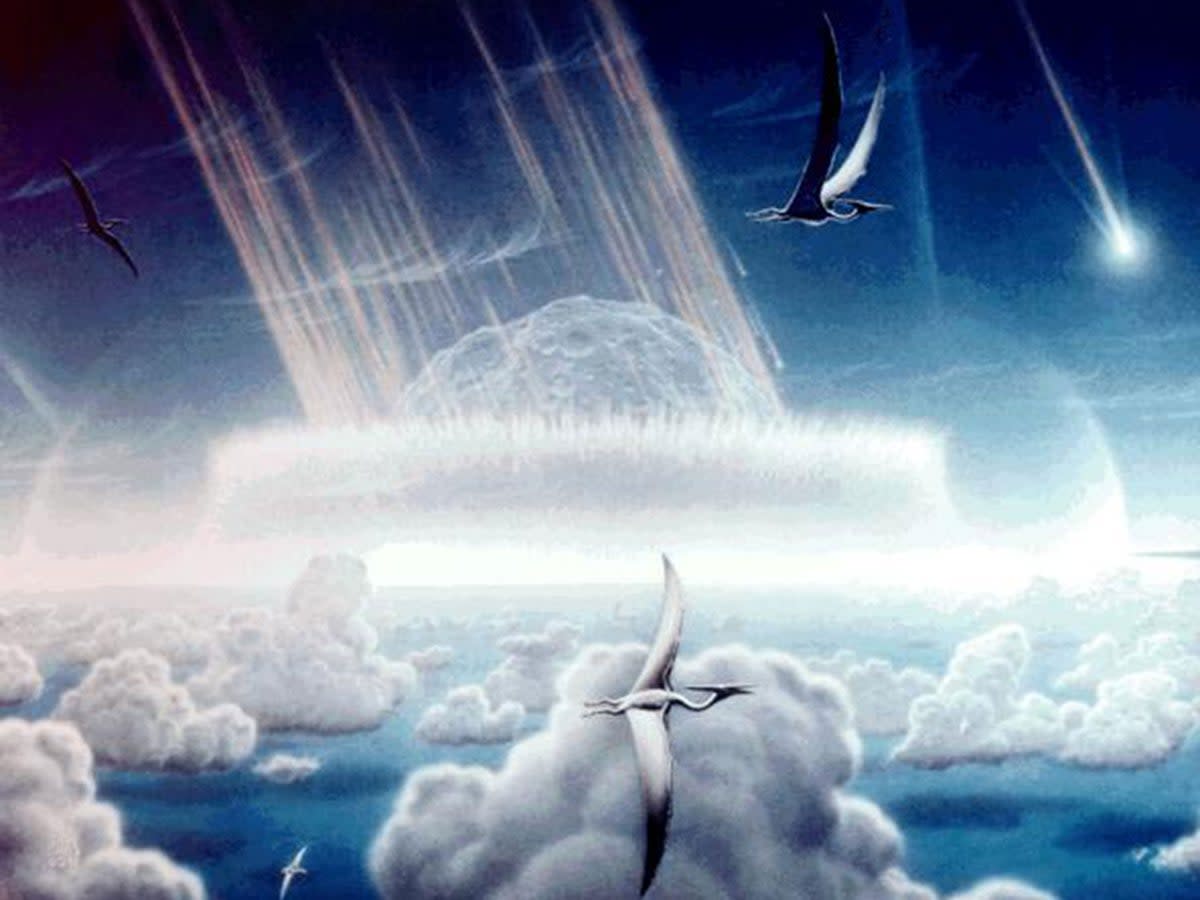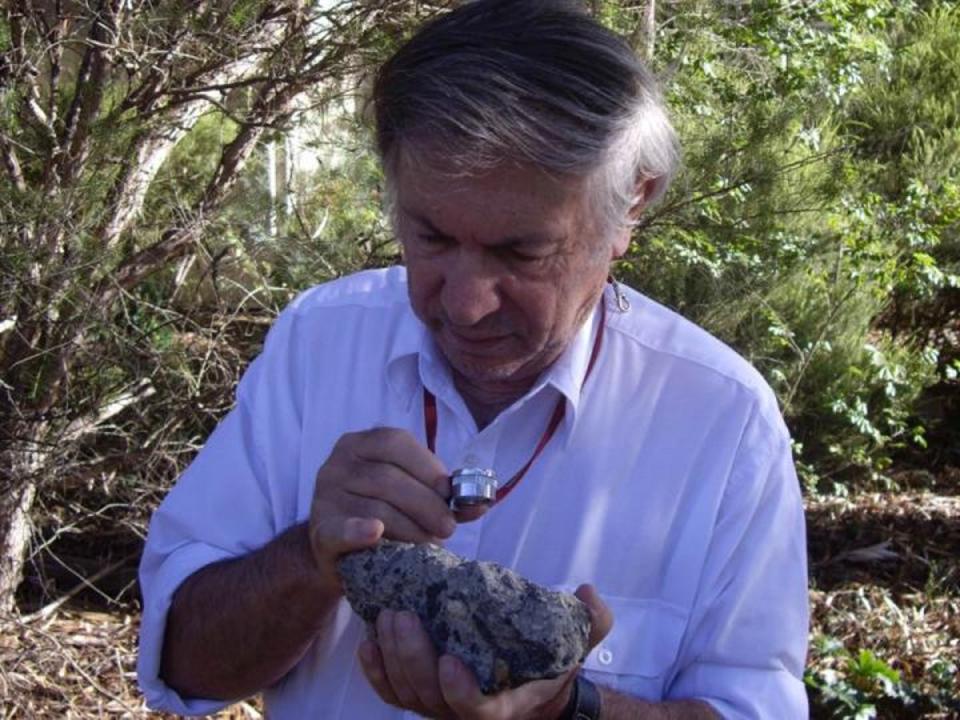World’s largest-ever asteroid impact crater may be in Australia

The world’s largest asteroid impact structure could be buried deep in southern New South Wales in Australia, scientists suspect.
The record for the largest known asteroid crater on Earth is currently held by the Vredefort impact structure in South Africa that measures nearly 300km wide. The suspected underground crater – believed to be about three times larger than the one behind the extinction of dinosaurs – could usurp the one in South Africa.
The yet-to-be-excavated crater has been named the Deniliquin structure and is believed to be buried under millions of years of sediments that could span up to 520km in diameter, according to a recent study published in the journal Tectonophysics.
In comparison, the Chicxulub crater in the Yucatan peninsula in Mexico, thought to have been left by the asteroid that wiped out the dinosaurs, is about 150km wide, said researchers from the University of New South Wales in Australia.
Scientists, including the study’s lead author and University of New South Wales adjunct professor Andrew Glikson, said the Deniliquin crater may have been caused by an asteroid impact on Earth about 420 million years ago.
If this is found to be true, it could make the supposed crater the largest known asteroid impact structure on Earth.
Asteroid craters are not always easy to identify as they may be buried by sediments over millions of years or concealed by a number of factors like erosion – a process by which wind or water may slowly weather away their land materials.
However, some new discoveries can unearth signatures of impact structures, such as “ejecta” materials thrown out of a crater during an asteroid impact.
Large asteroid impacts also coincide with mass extinction events on Earth, such as the one that wiped out non-avian dinosaurs about 66 million years ago.

New research hints that the Earth and the other planets in the Solar System may have been subject to intense asteroid bombardments until about 3.2 billion years ago and once in a while since then.
Researchers said there are likely at least 38 confirmed and 43 potential impact structures on Earth, ranging from small craters to large, buried structures.
They said when large asteroids impact Earth, the underlying crust may respond with an elastic rebound.
The dome structure, which may slowly erode and/or become buried, could be all that’s preserved from the original structure.
Based on magnetic patterns, scientists suspect there could be a massive, buried impact structure beneath the Murray Basin in New South Wales.
Further analysis pointed to the likely existence of a 520km diameter structure with a dome at its centre – features that would be expected from a large-scale asteroid impact structure.
While the current evidence for the Deniliquin impact is based on geophysical data from the surface, proving this was formed from an asteroid impact would require the collection of physical evidence that can only come from drilling deep into the structure, according to the researchers.
They also suspect the timing of the likely asteroid impact may have coincided with the Late Ordovician mass extinction event.
However, not everyone is convinced.
Louis Moresi from the Australian National University says the structure may have been caused by the collision of two landmasses instead of an asteroid impact.
“They’ve yet to convince me [it’s a crater] but they did make a pretty good case,” Dr Moresi told ABC News.

